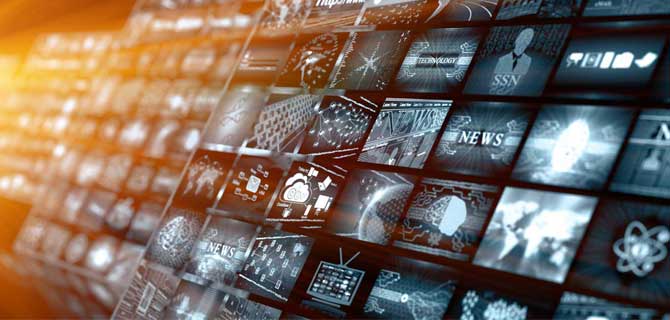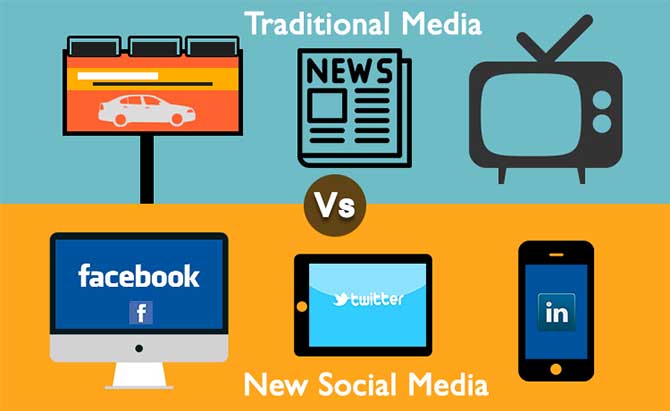
We can divide media into traditional and new ones. Traditional media includes print (newspapers, magazines, journals, etc.) and broadcast ones (radio and television). All of them are trying (with uneven successes and uncertain results) to adapt their reality to the new world: digital versions of the old papers and magazines, podcast versions of the radio programmes, TV-on-demand, etc. All attempt to understand the needs and desires of audiences, as a way to capture their attention. This is the new scenario.

But what is New Media?
Amongst other definitions, we can choose this one: New Media include the cultural and informational objects generated with the new digital technologies. These informational and cultural objects have some similarities with the traditionally generated ones, but also have some particular characteristics that make them recognisable.
The most important is that they are interactive; they allow the feedback of the user, and his or her creative participation. This way, the user becomes not only a passive receiver but a creator of the final product, modifying its meaning and content.

Because of its very nature, these contents are real-time generated: immediacy is a very important value and constant updating of the contents (videos, pictures, computer graphics, latest news…) is a must.
Today the role of the media professional is questioned more and that is necessary at the same time. The overwhelming amount of information should not make us forget a very important reality: despite arguable concepts such as citizen journalism, a democratic society needs professionals prepared to face these new challenges.
Here at MIUC we work hard to make the education of professionals possible with the latest technological proficiencies and at the same time with the same professional and ethical values Media and Communication professionals have always had.
Author: Víctor Narváez del Amo
